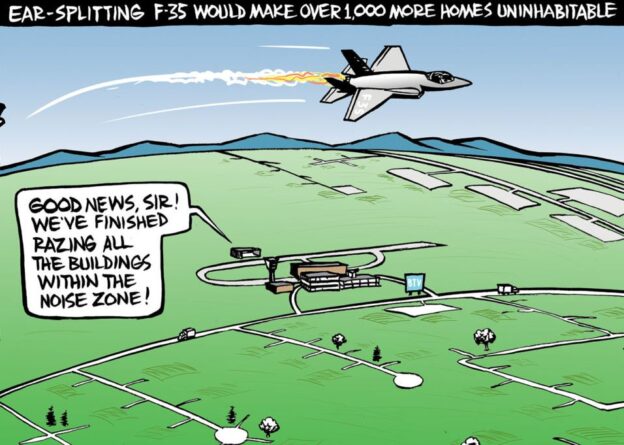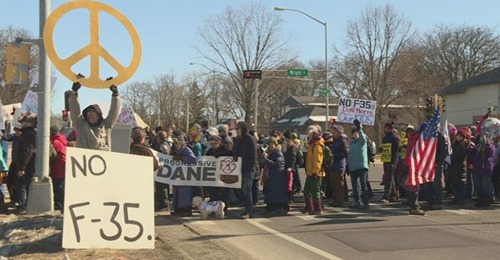FACT SHEET April 17, 2025
No Cuts to Veterans’ Healthcare and VA Staffing
- Currently 25-30% of VA employees are veterans. To date, 2,400 VA employees have already been fired. In total, 6,000 veterans have been let go from federal employment.
- To date there are 18 million living veterans, comprising 6.1% of the population. Nine million veterans received care visits at the VA in 2023. The VA System is the largest integrated healthcare network in the country. More than six million veterans have service-related disabilities.
- Cuts to VA healthcare services for veterans have already occurred despite assurances to the contrary by the Secretary of Veterans Affairs Doug Collins.
- The recent freeze on hiring and “return-to office” mandate adversely impacted the Veterans’ Crisis Line (SUICIDE HOTLINE) and eliminated the mental health tele-visit program. The Veterans’ Crisis Line takes 60,000 calls per month. There are 17.6 suicides by veterans per day, and this rate is increasing. Suicide is the second-leading cause of death for veterans under 45 years of age.
- The VA was a leader in tele-health care until these services were completely eliminated for veterans who live distant from a VA medical center. This directly impacts veterans living in rural areas.
- Projected cuts will also affect management of medical supplies, appointments and transportation.
- In 2025, the Secretary of Veterans Affairs attempted to cancel 875 contracts. These contracts included mission-critical items such as sterilizing equipment and maintenance of generators, boilers and scanning machines. These cuts were later “walked back” because the services were critical to the VA medical centers.
- The Office of the Inspector General completed its annual audit of the VA in 2024. The August 2024 Report revealed a severe shortage of employees in 98% of VA medical centers. This means 137 of 139 VA medical centers nationwide had staffing shortages in at least one area, particularly doctors, nurses, psychologists and custodians.
- This audit identified approximately 66,000 job vacancies at the VA in healthcare. The staff shortages cause long wait times for visits and an inability to accept new patients.
- The VA is also losing funds for research. VA research addresses issues including substance abuse, mental health, cancer (lung cancer, head and neck tumors), cardiovascular disease and war-related injuries such as spinal cord and brain trauma.
- The PACT Act (Sergeant First Class Heath Robinson Honoring our Promise to Address Comprehensive Toxins Act) in 2022 extended healthcare benefits for veterans exposed to toxic burn pits.
- The VA enrolled 400,000 veterans for benefits from 3/23 to 4/24, a 30% increase over the prior year.
- The Secretary of Veterans Affairs currently plans to cut an additional 15-17% of the VA workforce. This represents 80,000 to 83,000 current employees. Secretary Collins said the job cuts are “…to save money.”
Author: Michael Siebers, retired MD
William S. Middleton Memorial Veterans’ Hospital, 27 years’ service
Take Action Now! Please contact Elected Officials
- US Senators Tammy Baldwin and Ron Johnson
- Your Representative to the US House of Representatives |
- Spread the word
~ NO CUTS to Veterans’ Healthcare ~
National Projects of Veterans for Peace
“VFP’s Save Our VA (SOVA) National Campaign seeks justice for veterans and advocates for strengthening the Veterans Health Administration (VHA) for all veterans. The SOVA National Campaign consists of more than a thousand individual veteran and non-veteran supporters contacting their Members of Congress on VA health care issues. SOVA works in collaboration with our allies in the VA unions: the American Federation of Government Employees (AFGE), National Nurses United (NNU), and National Federation of Federal Employees (NFFE). “












